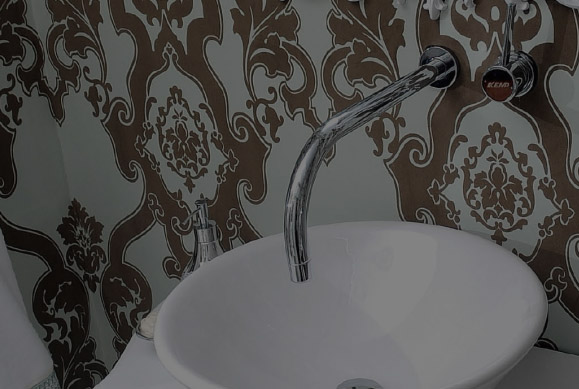Phone:+86-13906742187
Brass basin faucets are a popular choice for bathrooms due to their durability, classic appearance, and corrosion resistance. However, there are some potential downsides and considerations to be aware of when choosing a brass basin faucet:
Cost:
Brass faucets tend to be more expensive compared to faucets made of other materials like chrome-plated brass or stainless steel. While the initial investment may be higher, the longevity and quality of brass faucets can justify the cost over time.
Weight:
Brass faucets are heavier than faucets made of some other materials. Ensure that your sink or countertop is properly supported to accommodate the weight of the brass faucet. Installation may require additional reinforcement.
Maintenance:
Brass faucets require regular maintenance to maintain their appearance. Over time, they can develop a natural patina or tarnish, which some people find attractive. If you prefer the shiny, polished look, you'll need to clean and polish the faucet regularly.
Water Stains and Spots:
Like other metal finishes, brass faucets can show water spots and stains, especially if you have hard water. Regular cleaning and drying after use can help minimize this issue.
Finish Options:
Brass faucets typically come in a limited range of finish options compared to some other materials. Polished brass and antique brass are common choices, but if you're looking for a specific finish or color, you may need to explore other materials or finishes.
Water Quality:
The quality of your water can impact the longevity of a brass faucet. If your water is highly acidic or contains corrosive elements, it may accelerate the tarnishing or corrosion of the brass. Consider installing a water softener or filter if water quality is a concern.
Installation and Compatibility:
Ensure that the brass faucet you choose is compatible with your existing plumbing and sink or basin. Some faucets may require specific hole configurations or adapters for installation.
Environmental Considerations:
The production of brass involves mining and refining processes, which can have environmental impacts. Consider the environmental aspects and sustainability of the materials used in the faucet's construction.
Cleaning Products:
When cleaning your brass faucet, be cautious with abrasive or harsh cleaning products, as they can damage the finish. Use gentle, non-abrasive cleaners and soft cloths to clean and maintain the faucet.
Style Compatibility:
The classic and timeless appearance of brass may not suit all bathroom styles or color schemes. Ensure that a brass faucet aligns with your overall bathroom design and aesthetics.
While brass basin faucets offer numerous advantages, including durability and a distinctive appearance, it's essential to consider these potential downsides and factors before making your decision. With proper care and maintenance, a brass faucet can be a long-lasting and attractive addition to your bathroom.

 English
English Español
Español Deutsch
Deutsch 中文简体
中文简体














